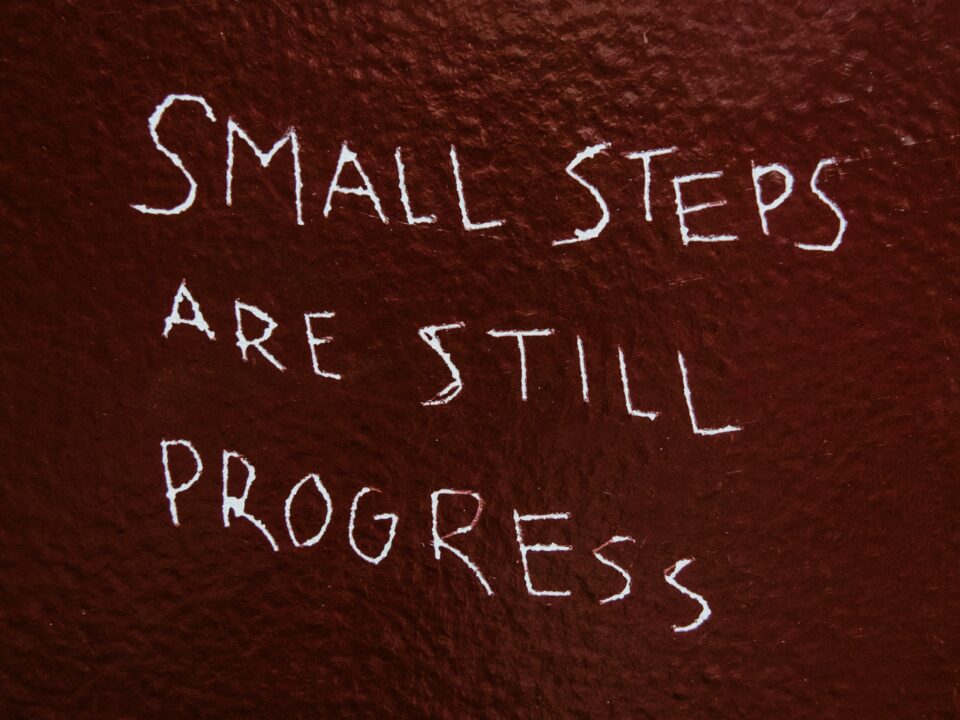
Feeding Back Effectively: tips to help keep feedback helpful and constructive
February 19, 2022
Strategic Leadership
April 1, 2022How to handle difficult conversations
Throughout our careers, we all experience those moments when we’re not happy with someone’s behaviour or performance.
It’s easy to put off a difficult conversation. You could be worried about the other person’s reaction and how you might handle it. Or worse, you might convince yourself that ignoring it will mean the matter goes away. But if they aren’t nipped in the bud, issues can escalate, impacting others in the team or customers.
How you have a difficult conversation can affect the outcome. So how can you handle them? We give you advice on how to get the best outcome.
What is a difficult conversation?
The Chartered Management Institute (CMI) defines a difficult conversation as one whose primary subject matter is potentially contentious and/or sensitive and may elicit strong, complex emotions that can be hard to predict or control.
We’ll all have our own definition of the kinds of conversations we find hard, but this explanation is a good guide. Tricky conversations don’t just happen between managers and their teams, they can be needed peer-to-peer, and even with people more senior than you too.
Regardless of the hierarchy of the people involved, how can you make sure you’ve got the best possible chance of the right outcome?
Plan the tricky conversation
Our number one tip is to plan – what will you say? In what order? How will you say it?
Prepare your opening line. Think about how you frame your conversation and make the purpose of the conversation clear. For example: “I’d like to hear your thoughts on a situation that has been happening over the last month and share mine. How do you feel about that?” This gives the person you’re speaking with some signposting about what’s to come and allows them to mentally prepare too. Plus, this kind of preparation will make you more confident.
Think about the person first
People respond in different ways. Some respond well to people being direct – the kick up the backside football analogy. Others need an arm around their shoulder.
Tailor your approach based on the individual and the situation. The conversation could play out several different ways, so anticipating the person’s likely reaction will allow you to tailor your approach.
What does the other person need to be able to respond in the best way? Do they need a bit of warming up or is it better to get straight in? If you need to build rapport first, be genuine.
How should you have the conversation?
The person must recognise the behaviour you want to talk about. There are two ways you can approach this:
Telling allows giving clear direction. For example:
“I saw you shouting at x in the office. I think that had a negative impact on others. I felt uncomfortable. Let’s think about how you can handle that in the future.”
Asking encourages others to process what you’re saying and coach to arrive at their own answers. For example:
“I saw you shouting at x in the office. What do you think the impact of that was? How do you think that made them feel? How would you feel if someone spoke to you like that? How can we do things differently in the future?”
Remember to describe what you observed first-hand. Don’t label a behaviour or use emotive language, like ‘appalling’ or ‘shocking’. Stick to facts and avoid hearsay.
Our previous blog on feeding back effectively gives you a useful model to use; BIFF – behaviour, impact, feelings, and future. (link to Feeding back effectively blog)
A two-way conversation
It’s important that difficult conversations feel two-way, rather than the other party experiencing a monologue with little opportunity to participate. Using ‘TED’ questions allows the person to be involved in the conversation:
Tell me…
Explain to me…
Describe to me…
This technique allows them to give their perspective, making sure they feel heard.
Active listening
To reinforce your interest in the other person’s point of view, make sure you’re actively listening. Use both verbal cues, “Yes I understand”, and non-verbal cues such as a nod, eye contact or appropriate facial expressions.
Play back what you’ve heard to reinforce you’re listening and check your understanding.
It’s also really important not to interrupt.
When to have the conversation
If there is a difficult conversation to have, you need to have it as soon as possible.
Leaving it a while loses impact. The person could think it’s not that important otherwise you would have brought it up sooner.
If you’re delaying having a tricky conversation because you’re worried how it will go, the anticipation will be worse than the reality. Having the conversation can demonstrate you care and want to support the other person.
Where to have the conversation
A couple of years ago we would have suggested you always have these conversations in person, but the reality is that many people aren’t with their teams in person every day any more.
Can you realistically have this conversation over Zoom? Or do you need to be together? Would you do it outside whilst walking? Or do you need to book an office to make it feel more formal?
Consider the best approach both for the person and the situation.
These suggestions about how to handle difficult conversations are drawn from our years of experience managing teams and training managers. Cube Learning and Development delivers bespoke, personal coaching programmes to support you in achieving effective performance management with your team. For a no-obligation chat about this and our other training, call Chris Burton on 07879 602002.




